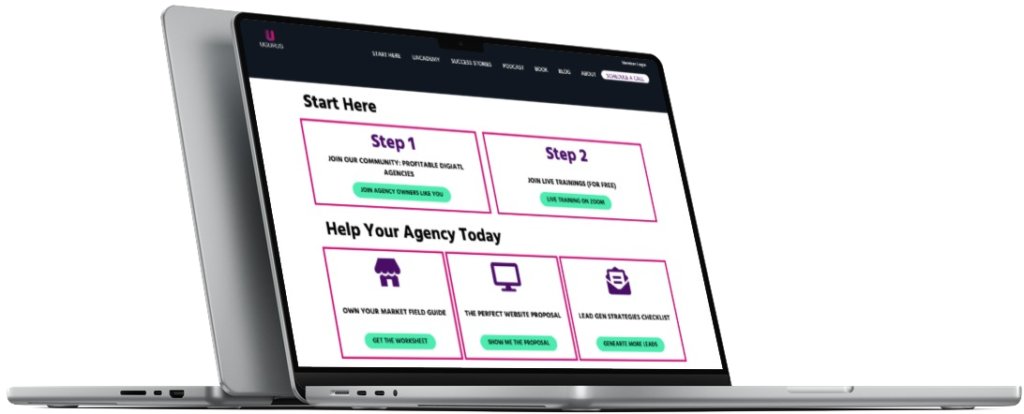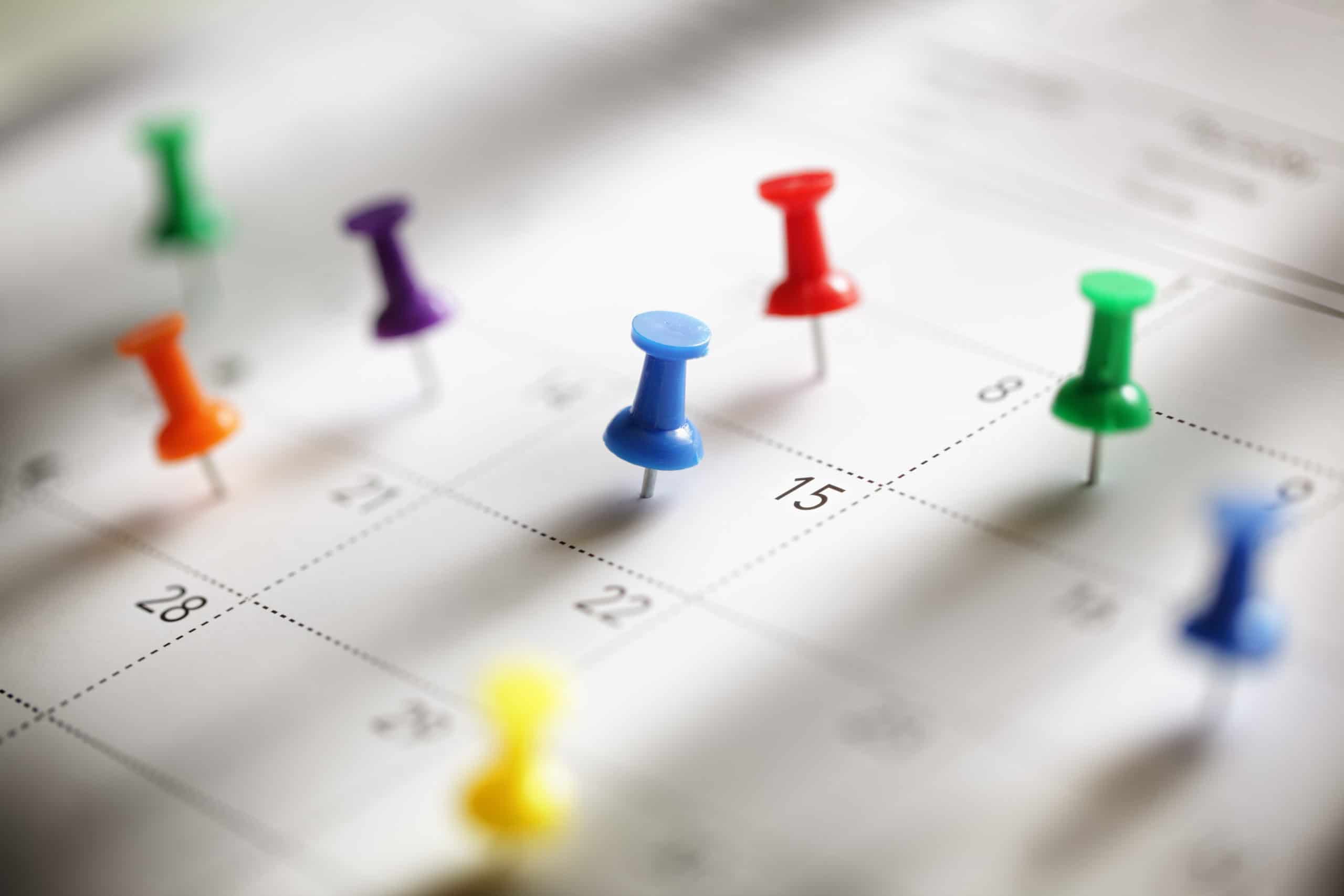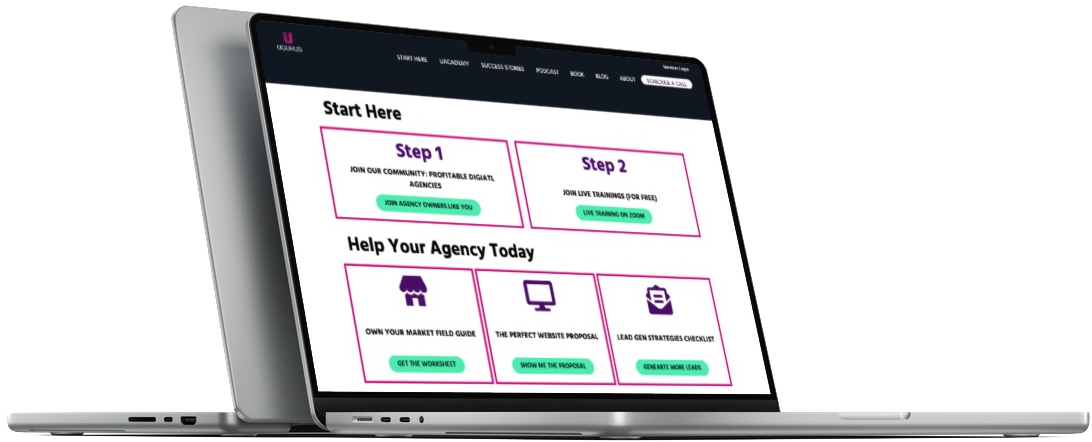Let’s face it, some days it feels as if we are in a commodity business. Right across the street and all around the world there are would-be web designers hoping for a shot at one of your customers. How do you set your web design business apart? Why should a customer buy from you?
While many novice web designers retreat to price when faced with this question, slashing prices is not a sustainable way to build a business. Sooner or later someone will come along who will do the same work for less.
A more effective strategy is to build a reputation as a subject matter expert. People will want to work with you because they are confident you know what you are doing. Public presentations and seminars create an opportunity for you to demonstrate your expertise, answer questions in a non-selling environment, and give prospective clients a chance to get to know you. The sessions also give you a chance to collect leads and add new qualified prospects to your inbound marketing system.
After years of running seminars to grow my business, I have boiled it down to a simple formula: Six in One out. What do I mean? For every six seminar attendees, I expect I will get one sale. That type of result doesn’t occur by itself. It takes planning. Here are the steps I go through every time I start working on a seminar:
Choose a Specific Topic
I don’t try to teach everything I know in 30 to 60 minutes. Instead, I pick one or two questions I get asked on a regular basis and build my seminar content around answering those two questions.
Plan the Content
Even though I have given hundreds of seminars over the years, I always start with a fresh outline. If you are getting ready for your first or 50th seminar, take time to think about what you want to say and the order in which you want to say it. Then spend some time thinking about what type of visual aids will be helpful.
I prefer white boards and flip charts because the lack of structure allows me to go off on tangents and makes the program more conversational. But for many people, that feels a little chaotic. They prefer the security of a well structured PowerPoint to guide the discussion. There is no one right answer, do what works for you.
Create a Deck
Create a deck even if you are not going to use it during the program. I know it might sound a little crazy to create a slide deck even if you don’t use it during the session, but it can be really helpful during planning. It will force you to think about the beginning, middle, and end of the seminar. The other advantage? It becomes a resource you can use to promote your program and follow up after your session.
- Posting the slide deck on platforms like Slideshare and your company blog will help you attract more attendees to your next session.
- Offering a copy to attendees in exchange for a business card or email address helps identify warm prospects and gives you new names to add to your email marketing program.
Look for Partners
Getting complete strangers to attend a seminar is often challenging. One way to help fill the room is to partner with other companies or organizations. This can be done in a couple of different ways:
- Public Sessions–Contact the local chamber of commerce or other small business association. These groups are often looking for speakers for their monthly meetings. If you are invited to speak at one of these sessions, remember to keep the content focused on answering questions and not pitching your services. If you impress the audience with your knowledge, the sales opportunities will follow.
- Create strategic relationships with other service providers – Your prospective clients have other business needs. They hire marketing companies, accountants, lawyers, and possibly IT support teams to manage their office network. All of these companies are good potential partners because they are already doing business with the firms you want to serve. Working together to produce a series of informational sessions to which you both invite your customers increases the chances you will fill your room with qualified prospects.
Find a Venue
If I am not speaking at an association meeting or as a guest of one of my strategic partners, I like the intimacy of a smaller room. I have found people are more likely to stay engaged and ask questions in a small group.
If you don’t have a room in your office that will comfortably seat 8 to 15, maybe one of your partners does. Public libraries and some banks have small conference rooms that they make available for free or a nominal cost. Business incubators and shared office environments also work well because, in addition to your guests, tenants of the facility might also be interested in attending.
Send Invitations
I collect email addresses all year long at networking events and when prospects download information from our website. When I am ready to offer a program, I have a list of prospects to invite. I also set aside time to call and personally invite specific people. In this age of impersonal email, a phone call often gets you noticed. I typically plan two sessions about a week to ten days apart so if someone is busy and can’t attend the first session, there is a second one they can attend.
Always oversell the room. Especially if the seminar is free, people will forget, get busy, or simply not show up. A reminder email or phone call a few days before the event minimizes the drop out rate, but it will still happen.
After the Class
Selling doesn’t stop when the seminar is over. As you are planning the session think about what the “offer” will be. Possible offers could include a seat to another class, a free book, or a reduced rate on a web audit. The purpose of the offer is to identify the most interested prospects and give them a way to continue the conversation.
A follow-up email to everyone who attends the session is an absolute must. You might want to include a link to more information on your blog, your PowerPoint on Slideshare, or a YouTube video. Also send a follow-up email to the people who didn’t show up, with an invitation to your next session.
Seminar marketing is not a one and done kind of program. You will improve over time as you refine your programs, grow your invitation list, and get better at delivering your content.
The trick is to start planning your first seminar today. Your next customer is out there, waiting to learn something from you.
GET YOUR FREE AGENCY ACCELERATOR PACKAGE





